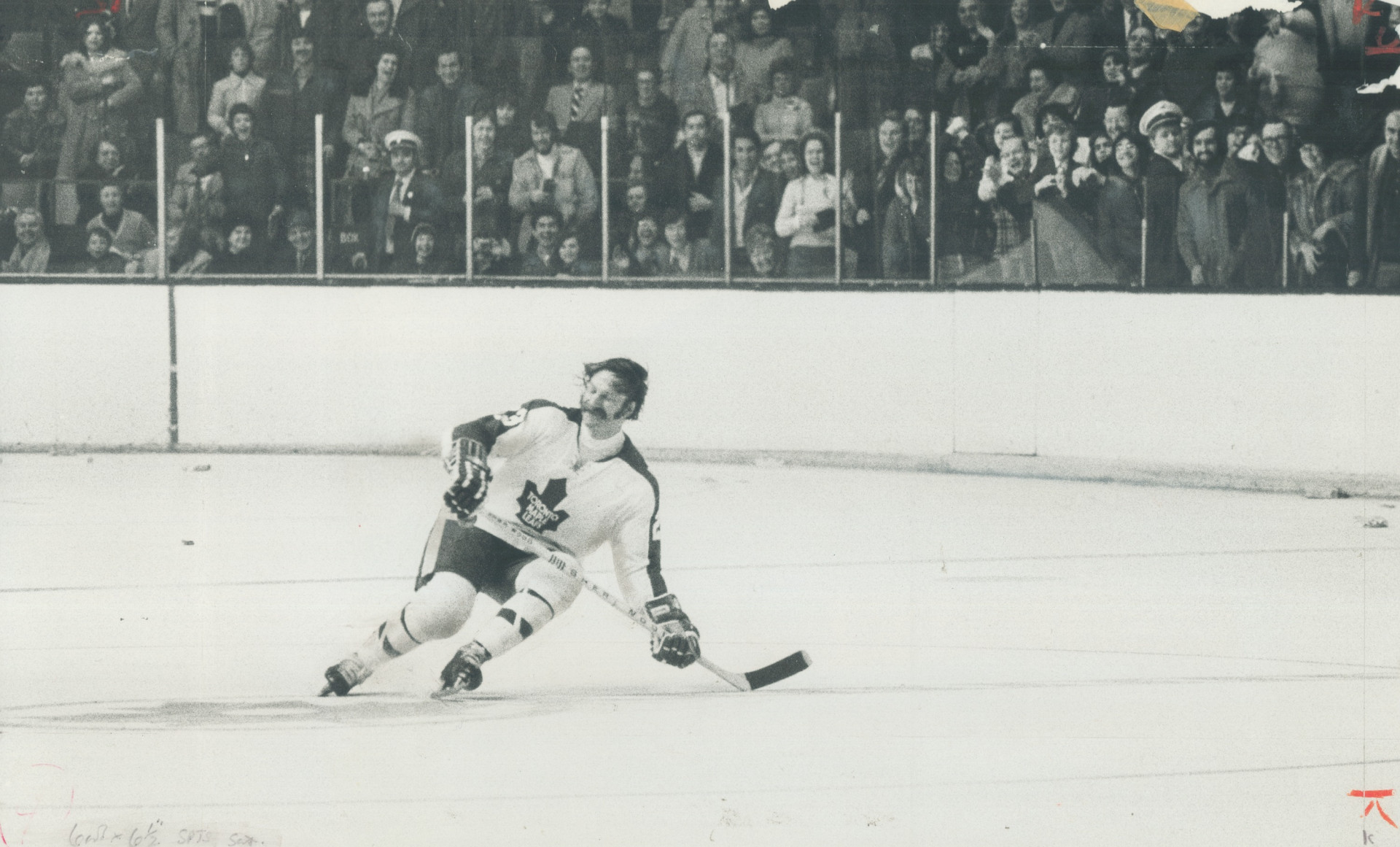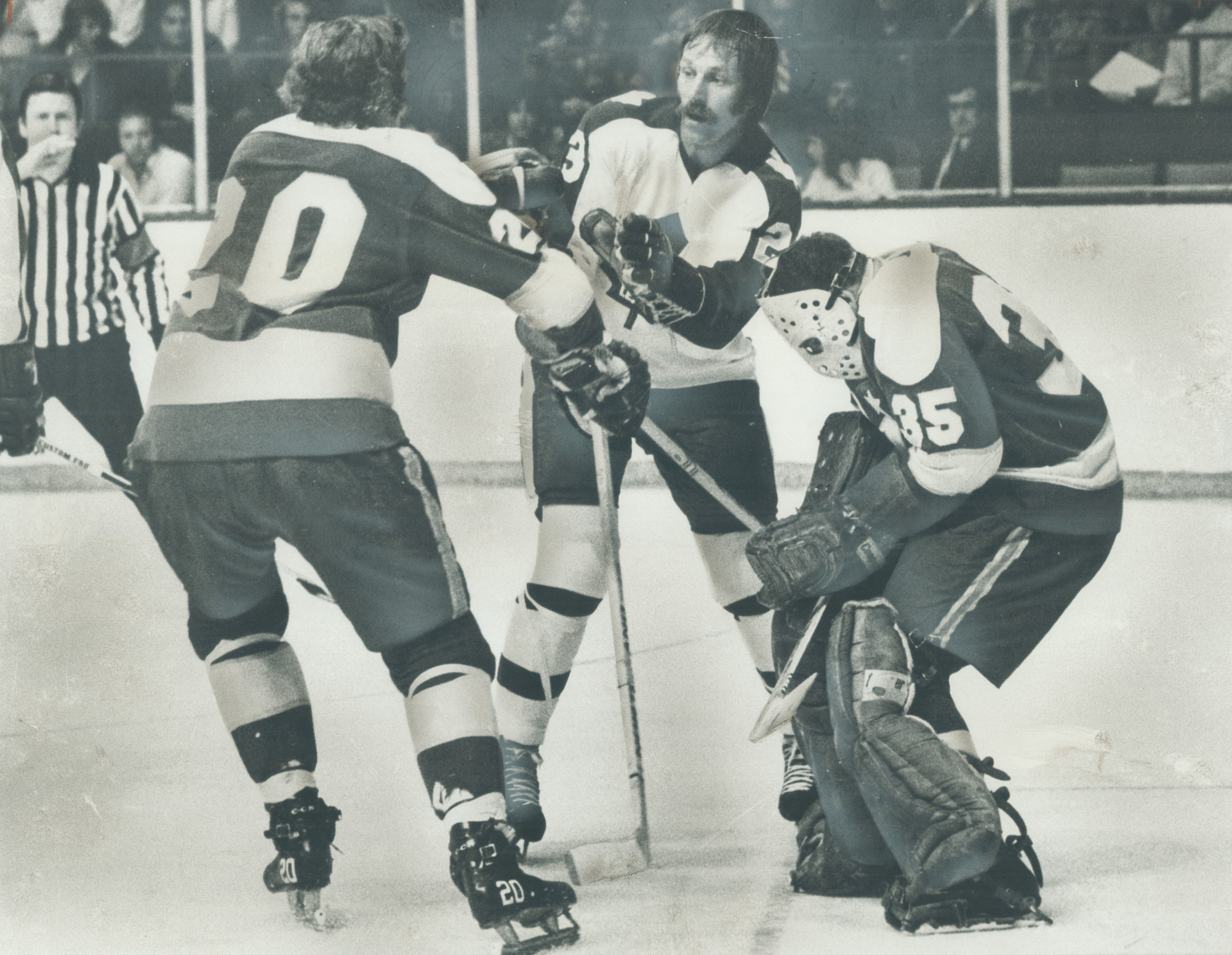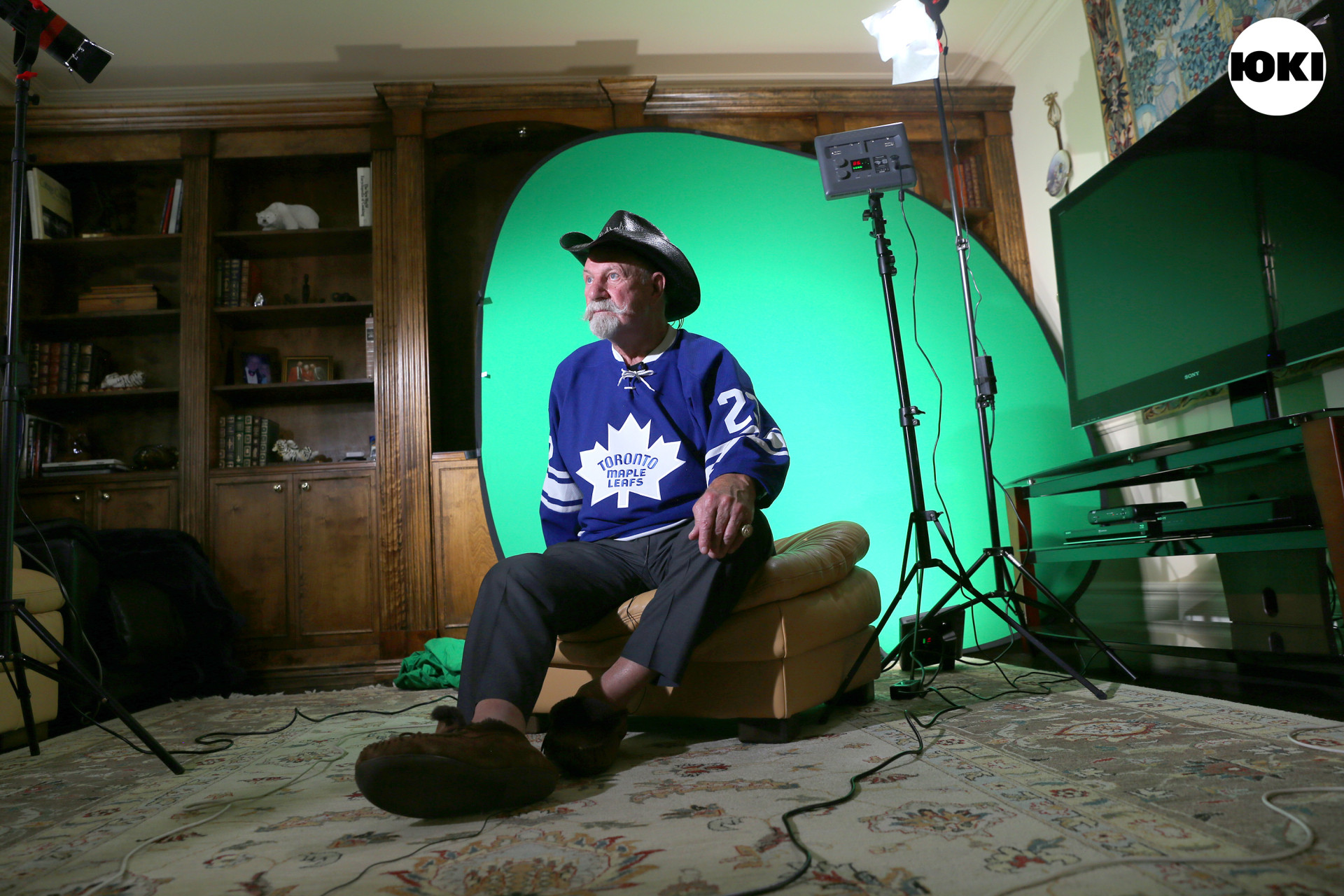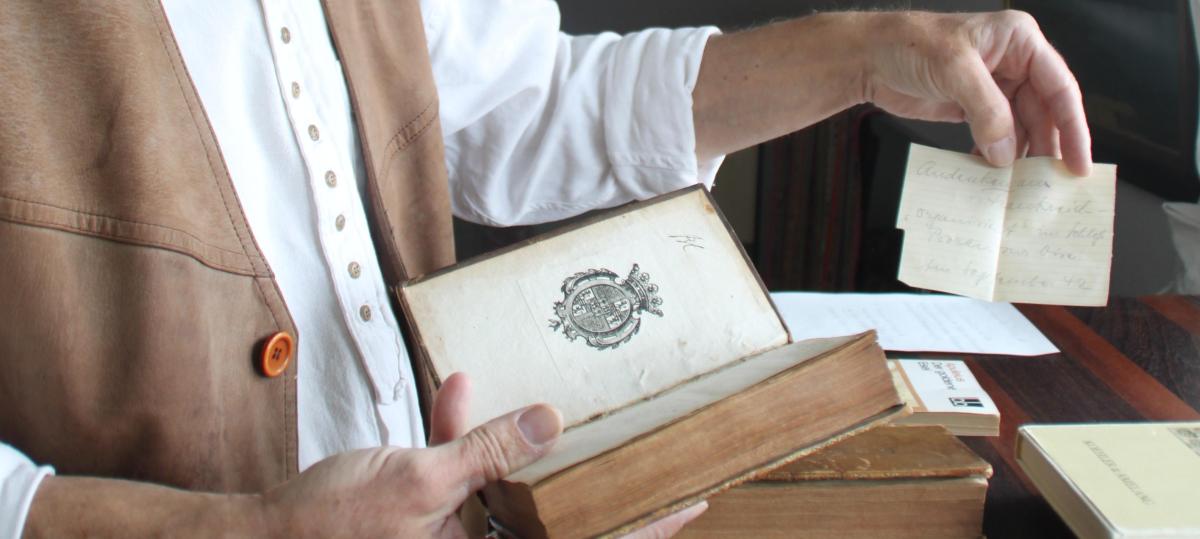Eddie Shake – NHL Star of Ukrainian origin: the path from the meat to the legend of hockey | Hockey

The athletes who were composed of songs are objectively a little. One of these is Eddie Shek, the NHL star of the 1960s. He achieved the greatest success, playing toronto Maip Lifs, with whom Stanley has won the Stanley Cup four times. Eddie Shake was extremely popular for some time – not only for a bright game, but also thanks to a fun luck, through which he got the nickname The Entertainer. And we are very pleased that it belongs to a large group of Yuki (UKE) – NHL players of Ukrainian descent.
The illiterate butcher from Ontario
Edward Stephen Phillip Shake was born in Sadbury, Ontario, on February 11, 1937, in a poor family of Ukrainian immigrants Bill and Lena Shakiv. The name points to the origin of the family from Galicia: today the surname of Shak is most common in the Starosambirsky district of Lviv region.
Eddie was an older sister named Mary. As a child, it was difficult for a boy to study at school because of illnesses that prevented him from attending classes. He quit his studies early, remaining illiterate.
Eddie began working as a salesman at a meat shop, and in 1952 he came to the Guelf Biltmors team from the Ontario Hockey Association (Guelph – a city in the province of Ontario). He later became one of the stars of the team: in the fifth year (season 1956–57), the Shek in 52 games scored 47 goals, made 57 productive programs and became the second largest point in the League. After that, it was included in the junior team of all the stars of the League.
Playing Guelph Biltmori, Eddie worked in parallel: the seller on the meat market and a driver on a truck with coal. Thanks to his work, he had strengthened physically and was much stronger than his peers. He also discovered the seller’s skill, developing friendly and talkative skills – which later brought him a nickname. Eddie played the left extreme forward and stood out in size: in adulthood, his height was 185 cm, and the weight was 91 kg.
The long -nosed star NHL
Guelph Biltmsa was the New York Rangers Farm Club. So it is natural that in 1957, Eddie Shek was invited to New York. However, he began with the fact that in the training camp he quarreled with head coach Phil Watson and was sent to VVP Reds, Ranger Pharm Club in AHL (American Hockey League).
Eddie scored in 35 matches for 34 points (16 goals, 18 gears), but he could not finish the full season due to a fracture of his legs. But his indicators made the impression, and for two and a half the next seasons he played for the Rangers.
Eddie Shake
Getty Images
However, the Shek was dissatisfied with the fact that he was not seen in the club as a bomber, as it was in a junior hockey, but used « on a crush ». He was the so-called 10th forward, not entering the three main three. Because of this, Eddie continued to quarrel with the coach.
In 1960, he was to be exchanged with Bill Gedsby in Detroit Vingz, Reds Kelly and Billy McNila, but the agreement was canceled because Kelly decided to retire. In November 1960-1961, Shek was exchanged in Toronto Maip Lifs, where he played seven seasons on the left flank.
Eddie Shek had a lot of popularity among the fans who gave him the nickname The Nose (Nose), through a long and big nose.
The Canadian Sports Writer Stephen Cole compared Shek’s game to the game « The Great Puppy, released on a wide field. » A powerful skating with a cannon blow, Eddie was everywhere on the ice, often playing both flanks in one shift. If someone happened in his way – an opponent or a teammate – he passed directly through them. One of his most famous victims was the Great Gordy Gou, who found himself in a hospital with a concussion and seams after contact with the whisper in 1961.
The other star victims of Shek were the legends of Montreal Canadien Henri Richard and Jean Belovino. In the 1964 Pleioff Series, Eddie struck his head during a fight so that he was forced to leave the arena to impose seams; And Jean Belovho Shake injured, pushing him into the side.
Naturally, the shack has typed a large number of penalties. But although Eddie played with almost boyish enthusiasm, he was also seriously tuned to win and was known to inspire his teammates in the locker room between periods. And when the Shek felt that the team needed relaxation, he became a skilled comedian (hence another nickname – entertainer). For the annoyance of his coaches, he was able to laugh the team, brazenly responding to the coaches to the remarks.
Shake won four Stanley Cups from Toronto: 1962, 1963, 1964, 1967. In the 1963 Playoff finals, he scored the victorious washer with his back – later explained jokingly that he simply tried to avoid a blow. In 1962-1964 he participated in three matches of all NHL stars.

Getty Images
During the 1965/66 season, Eddie Shake, playing in Trinity with Ron Ellis and Bob Pulford, scored 26 washers. His popularity was then that the Bit Group from Toronto The Secrets recorded a song called Clear The Track, Here Comes Shack. The song unexpectedly became a hit for the performers, took first place in Canadian pop charts and lasted for nine weeks.
In May 1967, Shek was exchanged for Boston Brunz for Murray Oliver and monetary compensation. Playing on the right flank in the link with Derek Sanderson and Ed Westfoll, he scored 23 goals.
Suffering from injuries, the next four seasons of Eddie Shake spent in Los Angeles Kingz, Buffalo Sibrz and Pittsburgh Penguins. Despite the fact that he was never a prominent scorer or player, he managed to score more than 20 goals three more times in those years, including a career record-27 pucks in the 1970/71 season: in 11 games for Los Angeles and 56-for Buffalo. Pittsburgh sold him back to Toronto in the 1973/74 season. After the 1974/75 season, the Shek completed his career.
Life after sports
After retiring, Eddie Shake was a popular advertising face in Canada, especially for soft drinks The Pop Shoppe and the Schick razor – for one of the campaigns, he even fled the mustache. Eddie also advertised a small network of donuts that bore his name and was a co-owner of a golf club.
Shake remained in demand motivational speaker in his recent years – he demonstrated the same talent for entertainment as on ice. Eddie used his glory to speak for literacy in schools, trying to motivate children to learn, not to deal with the same difficulties as he – what half of his life was illiterate.
In 1998, Eddie Shek Clear The Track: The eddie Shack Story, written by Ross Brugitt, was published.

Eddie Shake
Yuki’s movie
Shake met with his wife Givens when she worked at EMPress Hotel in Peterboro, Ontario, where Toronto Maig Lifs was conducting training camps. The couple married in 1962, they had two children. Eddie and the norm lived together for 58 years – until the death of a hockey player.
Eddie Shake died of throat cancer in a hospital in Toronto on the night of July 25, 2020. He was 83 years old. Shortly before his death he starred in a documentary Yuki’s movie Ukrainian director Vladimir Mula.

Yuki’s movie
Bonus: First Ukrainian in NHL
The liquid of Yuki players in the NHL goes to many dozen. Studying the question, I became interested in which one was the first of them. By the year of birth and the beginning of the speeches in the NHL, according to my data (not claiming full truth), it is Alex Shibitsky, who played for New York Rangers from 1935 to 1946 (with a break for war when he served in the Canadian army in Ottawa).
Alex Shibitsky (Alexander Dimitri Shibitski) was born in 1914 in Winnipeg. Like Eddie Shake, he played left forward. He started his career at regional leagues. In 1935 he made his debut at the NHL for Rangers, with which in 1940 he became the winner of the Stanley Cup. Then 7 teams played in the league.
Alex Shibitsky was an extraordinary figure in the history of NHL. In 1937, he became the first player to use a slice – a blow to a motionless washer. And in 1957, he was elected Vice President of the newly created Association of NHL players-the Hockeyist Trade Union of the strongest League of the World.
Alex Shibitsky lived for 91 years, he died in 2005.








